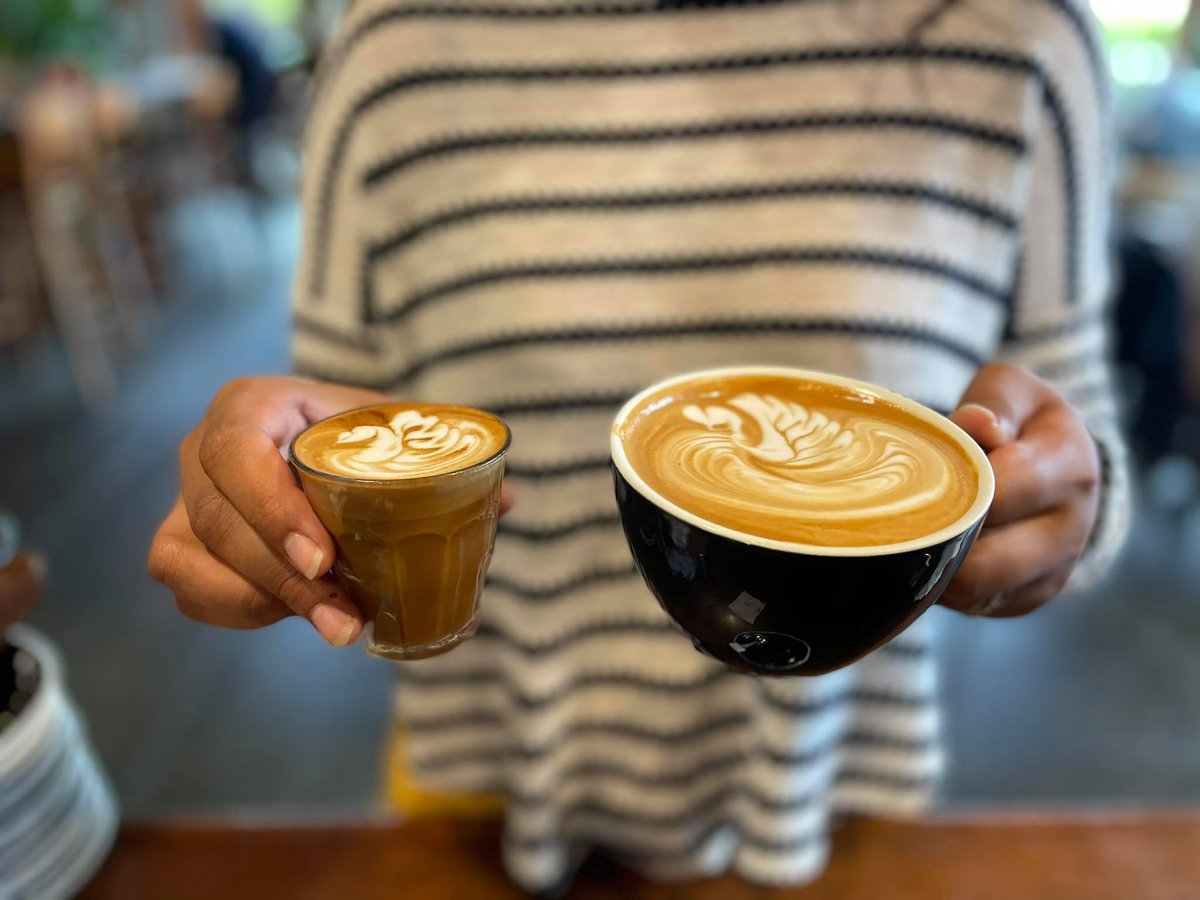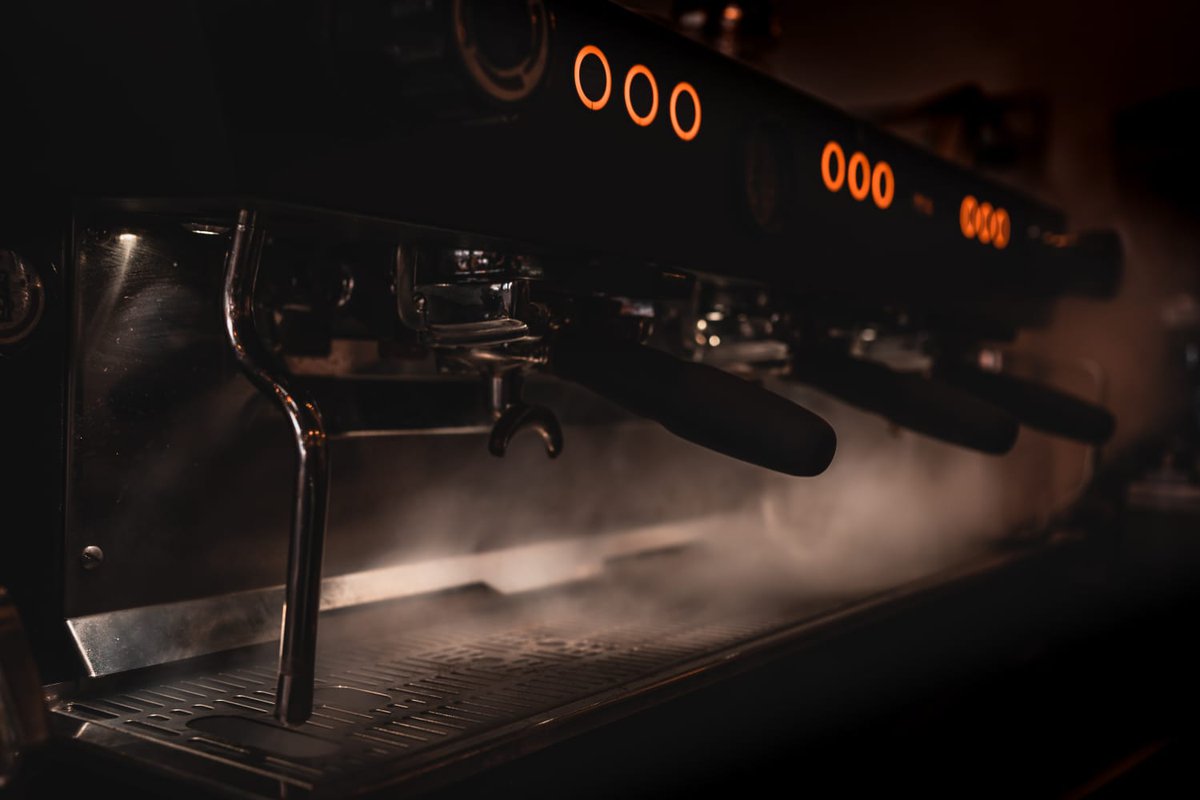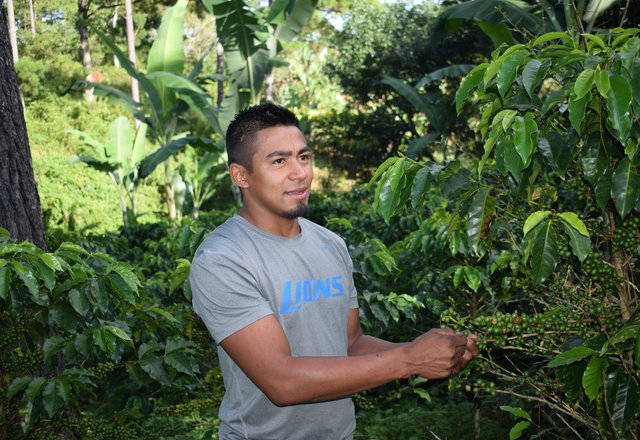Last time, we introduced you to Common Good’s house blend and single origins. Next, we discuss what to do with the lovely beans you’ve just bought. Plunger, filter, or espresso: which brewing method pairs best with each coffee and why?
The Common Good team did a tonne of tasting and experimenting to come up with the interesting yet accessible range of coffees they offer. During the bean-selection process, they focused not only on flavour but also versatility. Chief roaster Vernon Omeri is a big believer in giving people what they like, and one thing people in Aotearoa like is being able to use a product in a variety of ways.
Most of Common Good’s current line-up is suitable for plunger, filter, or espresso – depending on what equipment you have on hand, and even how much time you have. With their medium-dark roast, the Colombian, Mexican, and Better Blend – which mixes 50% percent of the Colombian with 40% of the Mexican – all lend themselves well to espresso and plunger coffee. Why?
Espresso generally suits darker, big-body coffees, which is also what most coffee drinkers in Aotearoa prefer – and why we roast them that way, taking care not to roast too long, which creates a bitter taste.
Because it uses the coarsest grind, and relies on immersion rather than pressure, plunger aka “French press” tends to be the least effective extraction method, so using a darker, more robust coffee here will deliver a better result. Vernon advises steeping for 4 minutes, skimming about 2 tablespoons of “crust” off the top, then steeping 5 minutes more before attempting to pour. Do not push the plunger down – this stirs up sediment and creates a murky coffee – use it only as a strainer.

All things being equal, you’re going to get the most flavour out of espresso, because the high pressure and temperature exerted release more essential oils from the beans. That and you’re also using far less water than other methods: Espresso is made using a ratio of 1 part coffee, 2 parts water, whereas filter and plunger coffee both use a ratio of 1 part coffee, 15 parts water.
If you don’t have an espresso machine or live near one of our retail locations, a stovetop espresso pot will do the trick. For best results with any method, ensure you use the correct temperature water, weigh your coffee rather than measuring it by volume, and grind your beans right before you use them.
What’s the difference between espresso and filter?
Espresso, as its name suggests, is express – quickly made, consumed, and felt. Denser and more concentrated than filter coffee and more finely ground, it’s made using almost-boiling water pressurised at 9 bars to yield a 7g shot – and an instant hit of caffeine. Adding up to 120mL hot water to the shot creates a long black, which Vernon recommends as the ideal way to experience the Better Blend. Of course, the espresso shot is also the base for flat whites, lattes, and cappuccinos, for those who enjoy a bit of milk.

The main difference between filter and espresso is the way espresso relies on machine-generated pressure to propel water through the coffee grounds. Filter coffee, sometimes called pour-over or drip coffee, uses only gravity to slowly drip through. For this reason, the brewing process takes slightly longer but also draws less acidity, allowing more intricate flavours to shine through. Popular filter methods are Chemex, Cone Filter, and Swiss Gold Filter.
This makes it a popular choice for single-origin coffees, where the drinker can more readily appreciate flavour nuances and aromas. Vernon highly recommends the Ethiopian, a medium-light roast with a blueberry aroma and silky wine-like body, for this particular brewing method, which he would also take black to get the full flavour effect.

In contrast to bold espresso, with its crema, density, and layers, well-made filter coffee is clean, clear, and consistent – the choice of the aficionado. Because more water is in contact at its own natural pace, the process absorbs coffee oils and aromas gently, instead of forcefully as with espresso. This gives it a milder “tea-like” mouthfeel, whereas espresso is more viscous, having a much higher concentration of coffee due to the 2:1 ratio and fine grind.
Vernon also likes the decaf for the filter method, since it, too, has subtle flavour notes: mild milk chocolate and a hint of apple with caramel and malt aromas. It’s actually his favourite coffee in the Common Good range at the moment – he challenges people to spot the difference between their decaf and “normal” coffee – followed closely by the Ethiopian Sidama, which he describes as the “wild child,” with its complex berry fruit character. Because the filter method lends itself to brighter flavours, less acidity and caffeine, and a more leisurely pace, it suits both of these coffees, which are ideal for the person who wants to consume several cups or drink later in the day.
Common Good Fairtrade organic coffee is available at KIND and Crave cafés in Auckland, the Addington Coffee Co-op, and Pillars in Christchurch, Trade School Kitchen in Wellington, and Good Change in Whanganui. You can also order online for delivery throughout New Zealand.




